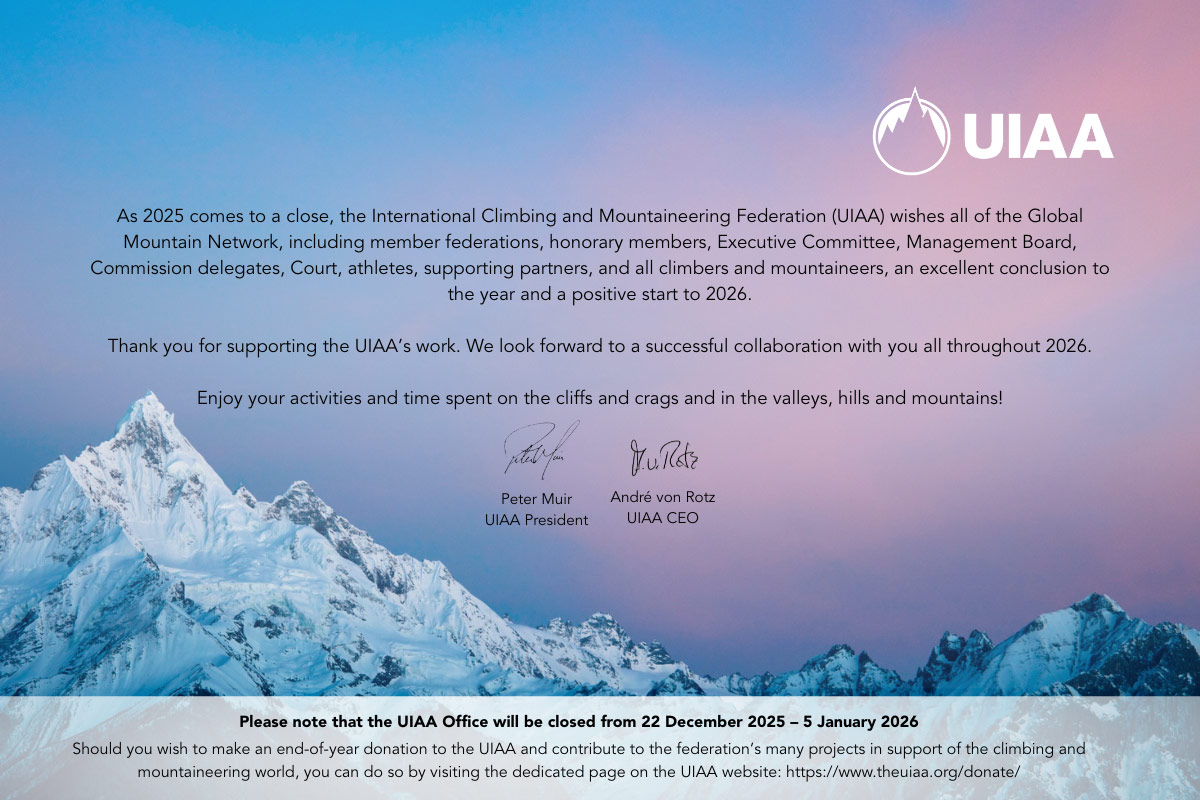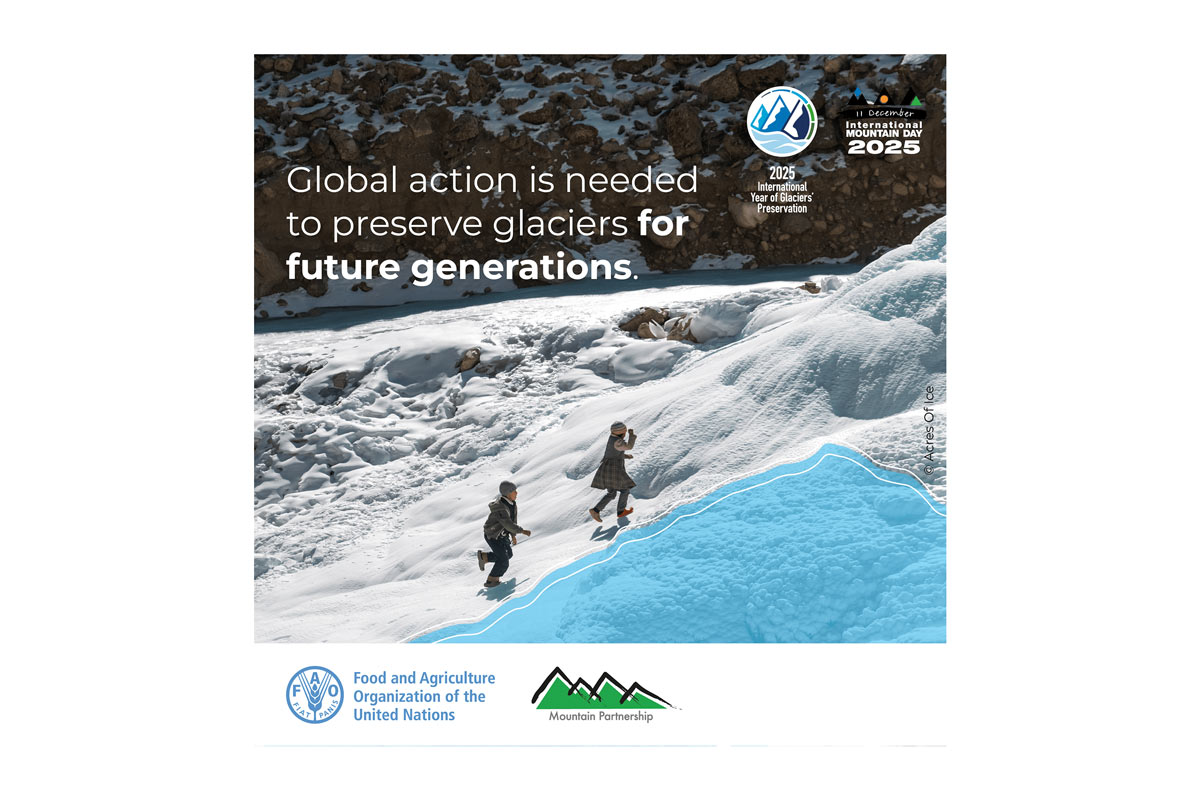Japanese mountaineer Tamotsu (Tom) Nakamura is a modern day adventurer modeled along the lines of early explorers who carefully and methodically documented their journeys to remote areas of the world.
In Nakamura’s case the area he has chosen to focus on are the mountains, glaciers and forests of west Sichuan and eastern Tibet, gorge and high mountain country that is the source of five great rivers in Asia; the Yangtze, Mekong, Salween, Irrawaddy and the Tsangpo-Brahmaputra.
“The peaks there are stunning and magnificent and many of them will remain enigmas for generations,” Nakamura who is 77-years-old told the UIAA. “The region is really the final frontier and that strongly attracts and enchants me.”
“Some convince themselves that veiled mountains in the greater ranges are an experience of the past,” said Nakamura. “But I would say “Eastern Tibet has an incredibly vast and complex topography that holds countless unclimbed summits and beckons a lifetime’s search.”
Unforgettable encounters
Nakamura said his favourite trip out of the 32 expeditions he has mounted over more than two decades was a 2009 journey “full of new discoveries and unforgettable encounters” along the 5,000 kilometre borderlands of the Nyaiqentanglha East mountain range and Kangri Garpo mountains.
These areas, as he describes it, are the so-called “blank on the maps,” a vast region full of unclimbed and unexplored 6,000 metre mountains referred to as the Alps of Tibet.
Nakamura’s journeys to Tibet and Sichuan began only in 1990, while he was stationed in Hong Kong as a managing director of IHI (HK) Ltd., a subsidiary of IHI one of the three largest companies in Japan that manufacture a wide variety of heavy machinery and plants.
He would retire from the IHI in 1999 after working for 42 years in the overseas operations of IHI including long stints in Pakistan, Mexico, New Zealand and Hong Kong.
His exploratory journeys only increased after he left IHI and to maintain his independence and to “have a free hand” Nakamura pays for his expeditions which he describes as a second life after retirement.
“No sponsor, no investor,” he said. “Then I may have a free hand.”
The beginning
Such drive is the trademark of the man who said his two decade long odyssey through Sichuan and Tibet began with that fateful trip to the Jade Dragon mountains (Yulong Xueshan) in 1990 while he was stationed in Hong Kong.
This odyssey now encompasses detailed notes, photos and maps from the numerous expeditions described in various journals with evocative headlines such as “Through a Tibetan jungle” and an expedition to “trace a forgotten trail from Bake to Niwu.”
The Bake to Niwu journey readers find out in the trip report is one that only explorer Frank Kingdon-Ward, whose journeys inspired Nakamura and a few locals made back in 1935. In the year that Nakamura went there, a local monk had tried to travel along the trail but given up because the gorge area was too dangerous.
The Alps of Tibet
Another account details a trip to a vantage point with a view of the receding Maripo Glacier, surrounded by 6,000 metre peaks.
“The most magnificent view I have seen!” was how he described what he saw to a Polish interviewer.
Sadly the view included 3 kilometre long by 1 kilometre wide Lake Jambo Tso created by the Mardipo Glacier during the past four decades – a sign of how fast the glacier has been retreating. Russian topographical maps (Chinese maps are not available for public use) made just 40 years ago do not show the lake, he said.
Nakamura’s work which has been widely printed in journals and magazines in various languages around the world is now being published in English by a German publisher in four volumes. The book will cover expeditions to the Nyaiqentanglha and Kangri Garpo mountains, deep gorge country of the Hengduan Mountains, the mountains of the West Sichuan highlands and the area which is the source of the great Asian rivers.
Nakamura said that since he began his travels in Tibet and Sichuan remote areas have begun to see inevitable change with the arrival of new roads and electricity.
What hasn’t changed, he said is the limited access for foreigners.
Bending the rules
Travel in the area is tightly controlled by officials through complex and multiple permit requirements that usually allow journeys only along trunk roads and main roads connecting highways.
To achieve his goals Nakamura admits he has not been above bending the rules and wandering off the beaten track which even led to his arrest once, and resulted in the detention of a Tibetan guide. He details such encounters frankly and honestly in his articles and interviews including attempts to negotiate with security officials and to clear his blacklisted name by paying authorities the requisite money and fines.
In one account of a journey to a sizeable tributary of the upper Tsangpo-Brahmaputra River with two other elderly Japanese explorers in their 60s, Nakamura described how he and his companions disappeared for 12 days, to explore an area for which they had no permits, and resurface to intense questioning about where they had been.
One unintended consequence of official Chinese disinterest in exploring the mountains he travels is that the value of Nakamura’s work has only increased.
He said his research has been used by mountaineers such as Mick Fowler and Mark Richey but sadly not by the Japanese mountaineering community which has shown no interest in explorations of these remote regions.
Nakamura, however, raises a note of concern about mountaineering in the region by saying that some local Tibetans in Sichuan don’t want to allow foreigners to climb what they consider as holy mountains. Nakamura said he hopes some kind of solution allowing mountaineering can be found.
Awards
Among the many awards and received by Nakamura the Prince Chichibu Memorial Mountain Prize by the Japanese Alpine Club, the UIAA award for Contributions to International Mountaineering, the International Explorers Award during the 12th Explorers Festival in Poland and The Royal Geographical Society (UK)-Busk Medal 2008.
He is also Honorary Member of the Alpine Club, The American Alpine Club, The Himalayan Club, the Japanese Alpine Club, the Polish Mountaineering Association, the New Zealand Alpine Club and a Fellow of the Royal Geographical Society.
A gallery of photographs of some of Nakamura’s expeditions can be found here. Another gallery of unclimbed peaks in Sichuan can be found here.


